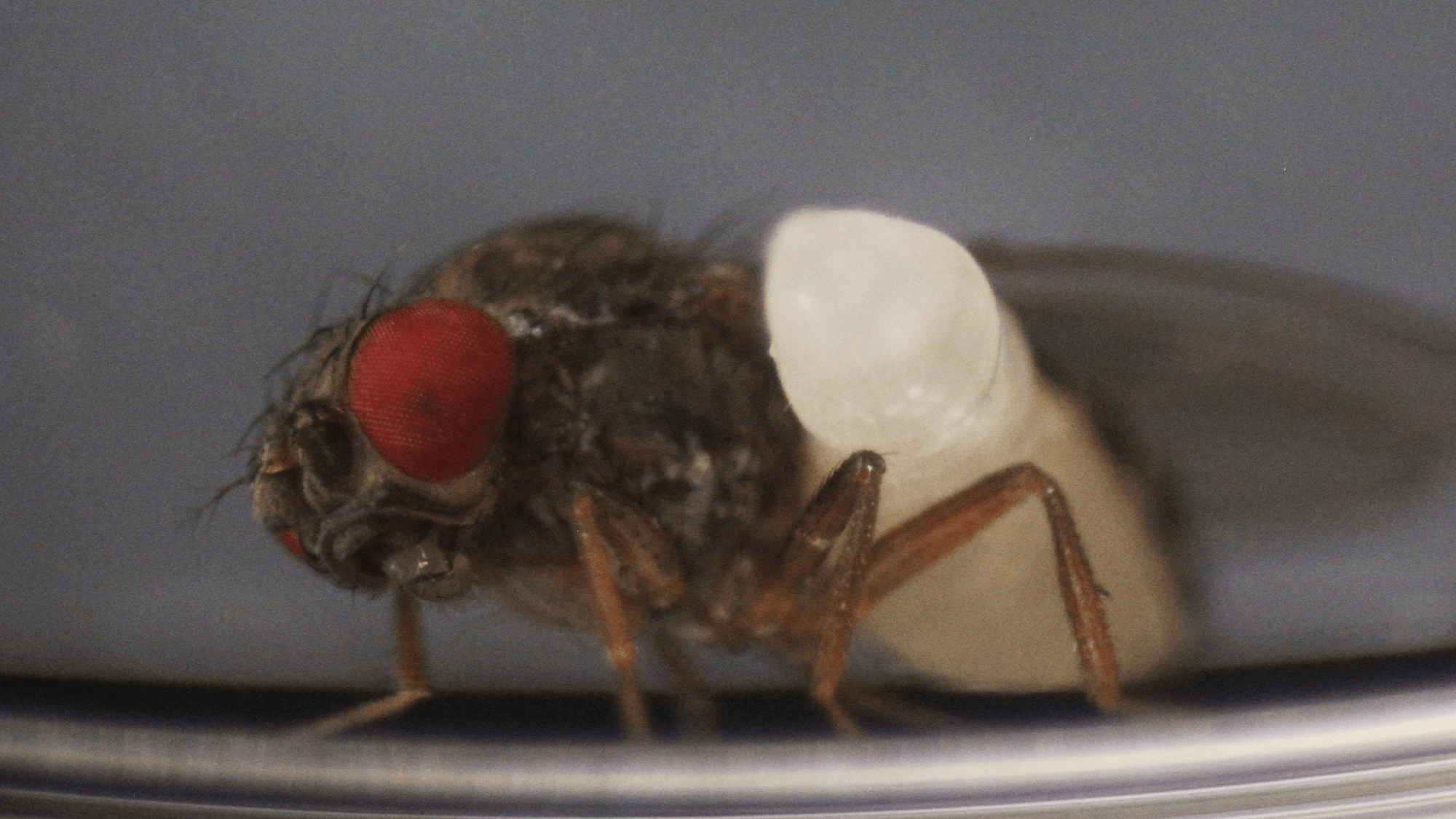A team of biologists recently discovered a new parasitic wasp species in the United States that has a unique way of infecting its hosts. Syntretus perlmani lays its eggs in the bodies of living, adult fruit flies instead of larvae or pupae. The wasp larvae then burst out of the fly’s abdomen, killing it. The process is detailed in a study published on September 11 in the journal Nature.
“All known parasitoid wasps of flies attack and develop inside immature life stages,” study co-author and Mississippi State University biologist Matthew Ballinger said in a statement. “And despite 200 years of research on parasitoid wasps of Drosophila and other flies, we have never come across a species that attacks the adult stage, until now.”
This new species was also discovered hiding “in plain sight.” Mississippi State Ph.D. student and study co-author Logan Moore was collecting infected fruit flies in his backyard in Starkville to learn more about nematode infections in the flies. When studying some of the flies, the team found eggs in their abdomens, but couldn’t tell what species may have laid the eggs.
[Related: This parasitic wasp forces other parasitic wasps to do its dirty work, then eats them.]
Typically when a parasitoid wasp lays eggs in fruit fly larvae or pupae, the eggs will stay dormant in their host as they mature. They then begin to eat their host from the inside until they are fully grown, ultimately killing their host.
Syntretus perlmani dares to be different. It uses its stinger to deposit an egg into the abdomen of a fruit fly. This egg then hatches into a wasp larva that sits inside the fruit fly for roughly 18 days. In the lab, the team saw that Syntretus perlmani larvae will exit the host about 23 days by bursting out of the fly’s abdomen.

The team used field collections and public data to show that the eggs belonged to a new species of parasitic wasp living in the eastern half of the US. Syntretus perlmani happens to infect one of biology’s most studied animals–the fruit fly Drosophila melanogaster, which has been used for centuries as a baseline species for biological studies
“Studying how parasites and pathogens influence Drosophila biology and behavior has helped researchers learn more about fundamental biological processes like immunity and reproduction,” Ballinger said.
[Related: Swapping genes can help fruit flies regenerate cells.]
The team collaborated with Scott Shaw, an entomologist and parasitoid wasp expert at the University of Wyoming, to formally describe this new species. They also documented the wasp’s complete life cycle and provided biologists with instructions on how to raise adult wasps in the laboratory in the study.
“We’re excited to learn more about the new species,” Ballinger said. “And we hope other researchers will begin their own projects to better understand its infection biology, ecology and evolution in the coming years.”

